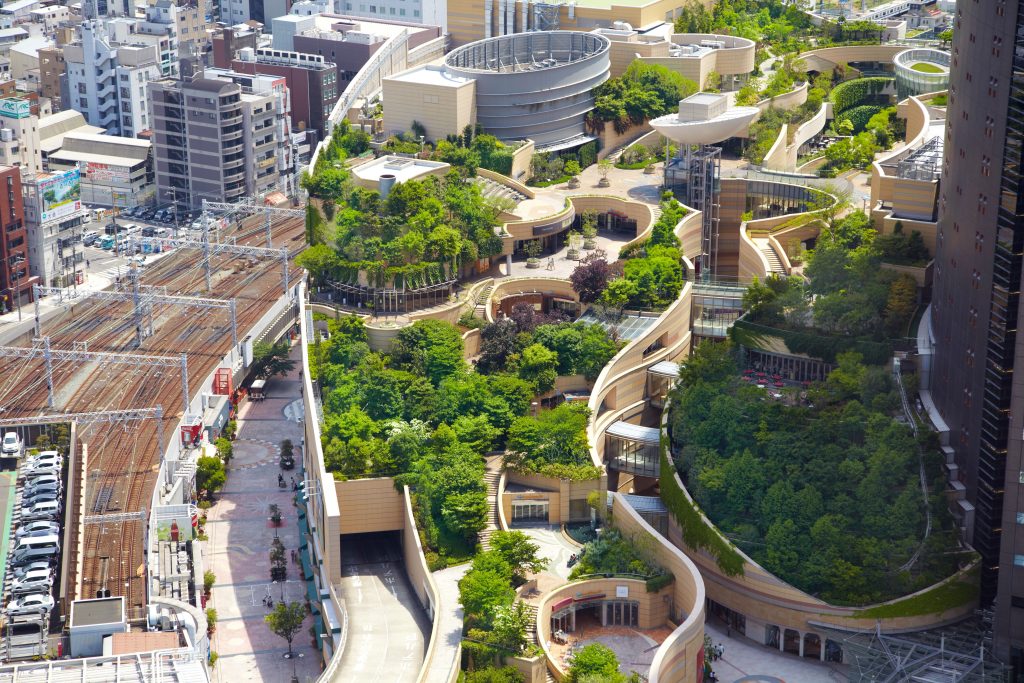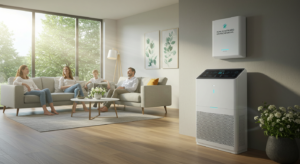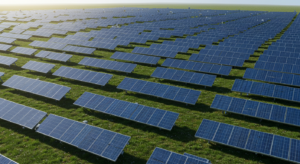The urban heat island (UHI) effect has become a prominent issue in urban areas, resulting in higher temperatures in urban environments compared to surrounding rural areas. The effects of climate change have exacerbated this phenomenon, causing increased heat waves and discomfort in urban areas. Enter green infrastructure, the game-changer for urban heat island mitigation, with its cooling effect on urban spaces. This article investigates the effect of green infrastructure in cooling urban environments and mitigating the urban heat island effect.
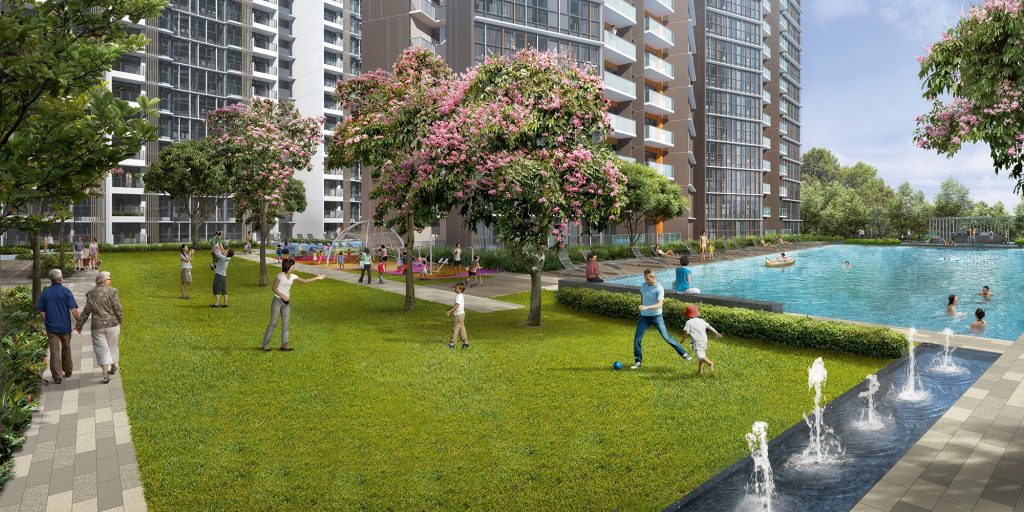
Green Infrastructure as a Tool for Urban Heat Island Mitigation
1. Green Roofs and Walls
- Effect of Green Roof Mitigation Technologies: Green roofs offer a cooling effect by providing shade and insulation. By evaluating the cooling effects and implementing reflective and green roof mitigation technologies, cities can fight heat island effects and improve comfort in urban environments.
2. Urban Parks and Green Spaces
- Impact of Urban Parks on Local Temperature: The spatial arrangement of urban parks and their cool island intensity plays a vital role in reducing urban temperatures. The cooling effect occurs in small green spaces, urban open spaces, and even 10 urban parks, highlighting the importance of urban park planning.
3. Urban Trees and Forestry
- Cooling Effect of Urban Trees: Urban forestry contributes to a cooling effect by providing shade and increasing urban vegetation. Trees in urban areas not only enhance the urban environment but also reduce vulnerability to heat.
4. Urban Geometry and Surface Planning
- Urban Morphology and Climate Change Mitigation: Urban planners can strategically design urban geometry and surface to reflect heat. This includes green alleys and streets that can reduce urban heat island effects.
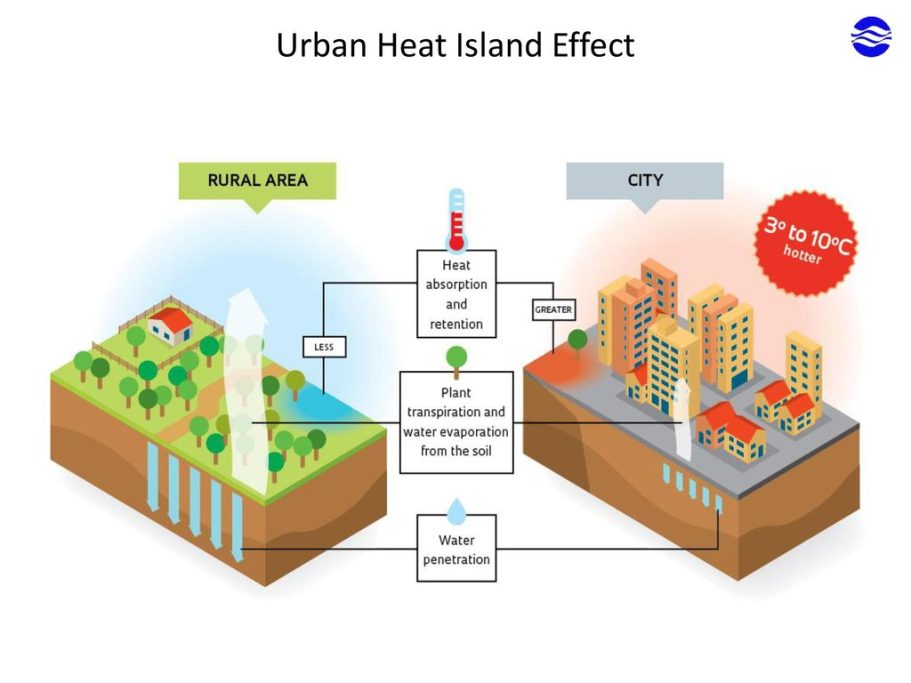
Assessing the Effectiveness of Green Infrastructure
Green infrastructure, including urban green infrastructure, plays a pivotal role in:
- Urban Climate Change Adaptation: Through urban greening, green infrastructure contributes to urban climate change resilience.
- Thermal Comfort in Urban Spaces: By providing green areas and green spaces as a contribution to the urban microclimate, green infrastructure enhances thermal comfort in urban outdoor areas.
- Heat Stress Reduction: The cooling effects of greening and urban vegetation mitigate heat stress and the nocturnal urban heat island effect.
Case Studies in Urban Areas
1. Mitigation Strategies in New York City
- Implementation of green roofs and green spaces, assessing the effectiveness of green strategies to mitigate UHI effects.
2. Green Infrastructure in Singapore
- Analysis of heat mitigation technologies and urban planning for combating urban heat islands and global climate change.
Conclusion
The urban heat island effect poses a significant challenge to urban comfort and climate change mitigation. However, green infrastructure is emerging as a powerful tool for urban heat island mitigation. From green roofs to urban parks and urban forests, the cooling effect of different green infrastructure elements plays a crucial role in reducing the heat and impact of urban heat islands.
Through targeted urban planning and implementation of mitigation technologies, urban areas can transform into cooler, more livable spaces. The role of green infrastructure in mitigating urban heat island effects is not just an urban phenomenon; it’s a global call to action, offering a pathway to address the impacts of climate change on urban infrastructure.
In the quest to create sustainable urban environments, green infrastructure serves as a beacon, demonstrating that even in the concrete jungle, an urban oasis is possible.

